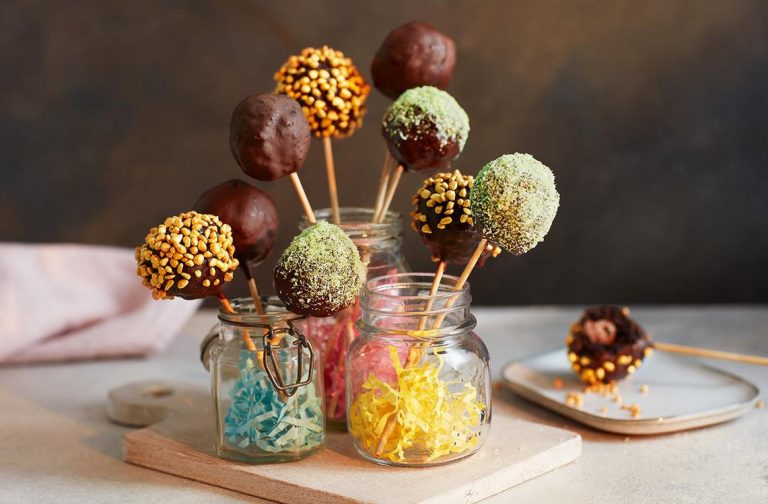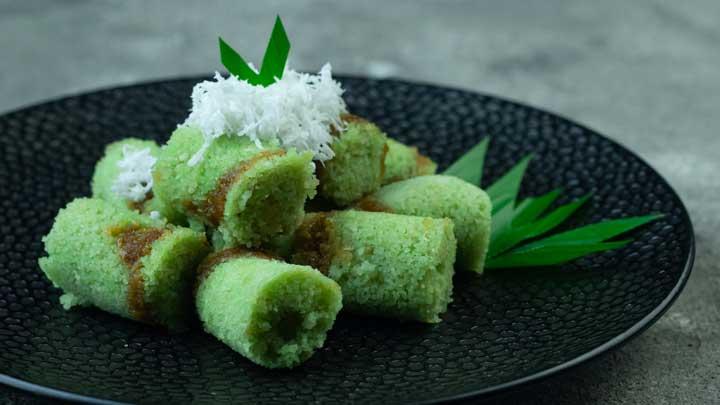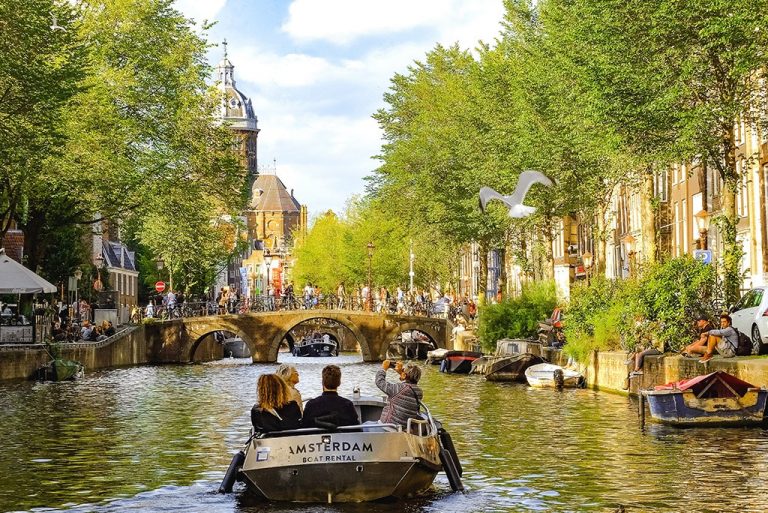I’ll never forget my first experience with Dutch herring. It was on a windy spring day in Amsterdam about 10 years ago. I was wandering through a market when I noticed locals lining up at a small fish stand. Curiosity got the better of me, so I joined the queue, watching as each person was handed what looked like a small raw fish with onions. They’d tilt their heads back, dangle the fish above their mouths, and take a bite straight from the tail.
When my turn came, I hesitantly ordered what I now know as “Hollandse Nieuwe” (Dutch New Herring). The vendor smiled at my obvious tourist status and offered to serve it the tourist-friendly way – cut into pieces on a paper plate. But I was determined to experience it authentically. “I’ll have it the Dutch way,” I declared, with more confidence than I felt.
What Exactly Is Dutch Herring?

Dutch herring (or “haring” in Dutch) isn’t just any fish – it’s practically a national treasure in the Netherlands. But contrary to what many visitors think, it’s not completely raw. According to Dutch culinary history (nofollow), the herring is actually lightly brined through a special preservation process.
The fish is caught in late spring/early summer when they’re at their fattiest and most flavorful. The herring is then gutted (leaving the pancreas intact, as its enzymes help with the ripening process), salted, and allowed to “ripen” in oak barrels for a few days. This curing process is what gives Dutch herring its distinctive soft texture and unique flavor – not quite raw, not quite cooked.
What makes it special is the traditional serving style: typically topped with chopped onions, sometimes with pickles, and often eaten by holding the fish by its tail and lowering it into your mouth. It’s a culinary experience that’s quintessentially Dutch.
My First Bite – A Cultural Awakening
Back to my market adventure. There I stood, holding this glistening silver fish by its tail, chopped onions scattered on top, acutely aware of locals watching the foreigner’s first attempt. I tilted my head back, dangled the herring above my mouth as I’d seen others do, and took a bite.
The flavor was nothing like I expected. Instead of an overpowering fishiness, it was surprisingly mild, buttery, with a subtle sweetness. The soft texture contrasted with the crunch of raw onions, creating a perfect balance. It wasn’t like sushi or any other raw fish I’d tried – this was something uniquely Dutch.
I’d love to say I looked elegant eating it, but according to my travel companion who was gleefully taking photos, I looked more like a confused pelican than a sophisticated foodie. Still, by the last bite, I was converted. This strange-looking snack was absolutely delicious.
The Cultural Significance of Herring in Dutch History
To understand why herring holds such importance in Dutch culture, you need to look back several centuries. In the 14th century, a Dutch fisherman named Willem Beukelszoon developed the “gibbing” technique – a method of removing most organs while leaving the pancreas intact to naturally preserve the fish.
This innovation allowed Dutch fishing vessels to stay at sea longer and bring back more fish. Herring became the foundation of Dutch trade and wealth during their Golden Age in the 17th century. Some historians even credit herring as being the backbone that financed the Dutch global trading empire.
Today, herring remains deeply embedded in Dutch culture. The arrival of the first new herring of the season (Hollandse Nieuwe) is celebrated as a national event, typically occurring in June. The first barrel is traditionally auctioned for charity, sometimes fetching prices upwards of €50,000!
The Ritual of Herring Season
After that first encounter, I became somewhat obsessed with learning more about Dutch herring culture. On subsequent visits to the Netherlands, I discovered the importance of herring season.
The most coveted herring is the “Hollandse Nieuwe” – the new catch that arrives between May and July when herring have at least 16% fat content. This is when the fish are considered at their most delicious. The official start of herring season is celebrated across the Netherlands, with the first catch traditionally going to the Dutch monarch.
I planned my next trip specifically to coincide with the season opening, visiting The Hague for their annual Vlaggetjesdag (Flag Day) festival that celebrates the year’s first herring catch. The atmosphere was electric – families everywhere, traditional music, boats decorated with colorful flags, and of course, herring stands doing brisk business.
Learning to Appreciate the Different Serving Styles
During my herring explorations across the Netherlands, I discovered there isn’t just one way to enjoy this delicacy. Regional variations exist throughout the country:
- The Traditional Way: Holding the herring by its tail and lowering it into your mouth, often seen in Amsterdam and tourist areas.
- Broodje Haring: Served on a small soft roll with onions and sometimes pickles – popular in Rotterdam and among those who prefer less direct methods.
- As “Haringwrap”: A modern twist where the herring is wrapped in a soft bun with vegetables, popular with younger generations.
- With Genever: In some traditional establishments, herring is accompanied by a small glass of genever (Dutch gin), creating a flavor combination that’s been enjoyed for centuries.
My personal favorite remains the traditional way, despite my initial awkwardness. There’s something wonderfully primal and connected about eating fish this way – no utensils, no plates, just a direct experience with a food that has sustained Dutch culture for centuries.
Where to Find the Best Herring in the Netherlands
If you’re planning to try Dutch herring, not all vendors are created equal. During my culinary adventures, I’ve found that the best places are:
Traditional Herring Carts (Haringhandels): These street stands specializing in herring often have the freshest fish. In Amsterdam, I particularly recommend the historic Stubbe’s Haring near the Singel canal.
Fish Markets: Places like Rotterdam’s Markthal or Amsterdam’s Albert Cuyp Market offer excellent quality from vendors who’ve often been in the business for generations.
Coastal Towns: Visiting Scheveningen or Volendam during herring season will get you incredibly fresh herring with authentic preparation.
The quality markers to look for include: fish with a clean, silver shine; firm but tender flesh; and a mild, sweet smell rather than an overly fishy odor.
Health Benefits – Not Just Delicious!
Beyond the cultural experience, Dutch herring is also incredibly nutritious. It’s rich in omega-3 fatty acids, vitamin D, and protein. During one visit, my Dutch friend’s grandmother told me she credited her long life and good health to eating herring regularly – “A herring a day keeps the doctor away” was her Dutch twist on the apple proverb.
Modern nutritional science seems to support her folk wisdom. The omega-3s in fatty fish like herring are linked to heart health, brain function, and reduced inflammation. Perhaps this traditional food has contributed to the Netherlands’ relatively high life expectancy and health outcomes.
Final Thoughts: Why You Should Try Dutch Herring
Dutch herring represents more than just a culinary curiosity – it’s a direct connection to centuries of Dutch history, culture, and survival. What began as a practical preservation method became a cornerstone of national identity and a celebrated culinary tradition.
If you find yourself in the Netherlands, especially during herring season, I encourage you to step outside your comfort zone and try this unique delicacy. Even if the idea of eating “raw” fish makes you hesitant, remember it’s actually cured, and the flavor is much milder than you might expect.
And don’t worry about looking silly trying to eat it the traditional way – the Dutch appreciate visitors who embrace their customs, even imperfectly. Some of my warmest interactions with locals have come from asking about herring recommendations or sharing my reactions to this distinctive Dutch treat.
So next time you’re in Amsterdam, bypass the tourist waffles for a moment and look for the silver fish being held high by smiling locals. Join the queue, order “één haring met uitjes” (one herring with onions), and participate in a Dutch tradition that has endured for centuries. Your taste buds – and your cultural experience – will thank you!




















